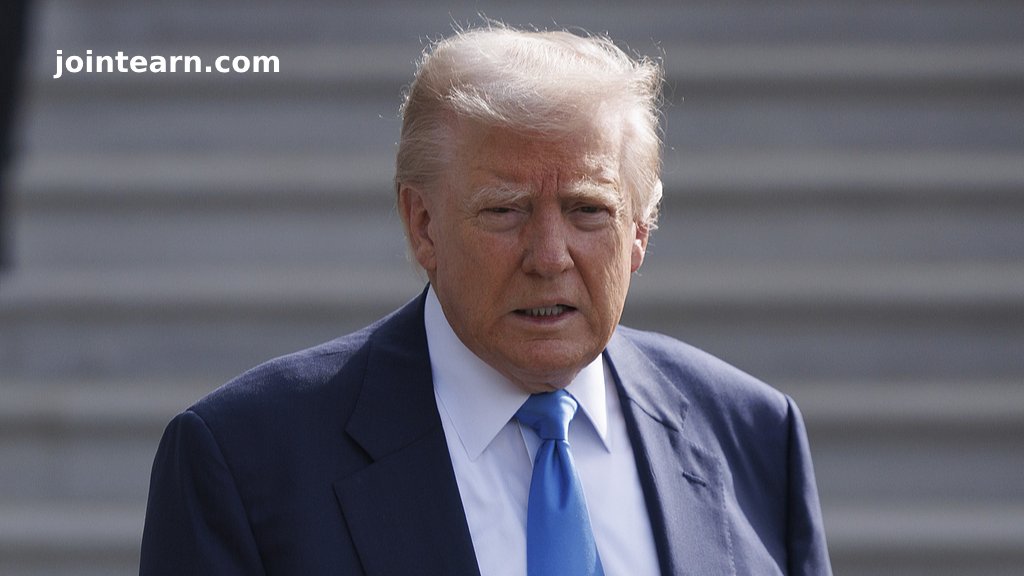U.S. Secretary of Agriculture, Brooke Rollins, unveiled a comprehensive plan on Wednesday to invest $1 billion into combating the avian flu, which has contributed to soaring egg prices. A recent report projects egg prices to spike by 41% this year, with consumers feeling the strain.
Rollins attributed the increase in egg prices to former President Joe Biden’s policies, stating, “Egg prices have skyrocketed,” and emphasized the USDA’s commitment to addressing this crisis. The $1 billion initiative aims to bring down egg prices and restore affordability through a multi-faceted approach to fight highly pathogenic avian influenza.
Importing Eggs to Reduce Costs Short-Term
Rollins revealed that the U.S. is exploring the option of importing eggs to mitigate egg costs in the short term. However, she stressed that any imports would need to meet “stringent U.S. safety standards” to ensure they don’t jeopardize the future market access for American farmers.
This year, turkey producers are expected to supply approximately 420 million eggs to the U.S., a substantial increase from the typical 70 million.
Bird Flu’s Impact on U.S. Poultry Industry
The bird flu, primarily transmitted by migrating wild birds, has decimated around 130 million laying hens over the past three years, according to USDA data. In total, about 166 million birds, including chickens and turkeys, have been culled to prevent the virus’s spread.
Iowa, the nation’s top egg producer, has been severely impacted, losing approximately 30 million birds since 2022, including 29 million egg-laying hens. This loss has dramatically affected the egg supply, with Rollins describing the bird flu outbreak as “devastating” for American poultry farmers.
Egg Price Surge: A Side Effect of Inflation
In her Wall Street Journal opinion piece, Rollins pointed to inflation as a significant factor behind the soaring egg prices. She noted that the average price of a dozen eggs had jumped by 237%, from $1.47 in January 2021 to $4.95 last month. Rollins linked the price hikes to President Biden’s tenure and proposed using savings from Elon Musk’s “Department of Government Efficiency” to fund the USDA’s efforts.
Trump Administration Cuts Spark Concerns Over USDA’s Ability to Respond
Rollins’ announcement came just after the Trump administration’s cuts to the USDA, raising concerns about the department’s capacity to handle the ongoing bird flu crisis. The USDA is reportedly working to rehire key staff who were inadvertently laid off, ensuring they can continue their efforts in combating the outbreak.
Expanding Efforts to Prevent Bird Flu Spread
Rollins outlined several key strategies to address the avian flu, which include:
-
$500 Million for Enhanced Biosecurity: The USDA will allocate $500 million to help U.S. poultry producers implement “gold-standard biosecurity” measures. This includes expanding a Biden administration pilot program that assesses poultry facility vulnerabilities. The USDA will offer these assessments free of charge and cover 75% of the costs to improve biosecurity at farms.
-
$400 Million for Financial Assistance to Farmers: The USDA will offer up to $400 million in financial assistance to farmers whose flocks are impacted by bird flu. This funding will help farmers resume safe operations more quickly after an outbreak.
-
$100 Million for Vaccine and Therapeutic Research: The USDA will dedicate $100 million to advance research into vaccines and therapeutics, aiming to reduce the need to depopulate flocks—culling all infected birds to prevent disease spread.
Vaccine Concerns and Global Trade Implications
Rollins also discussed potential concerns over vaccine use. U.S. poultry producers worry that vaccinating birds against avian flu could lead to bans on U.S. poultry imports by countries like Japan, which could disrupt billions of dollars in export sales. Despite this, the USDA is exploring a strategy for effective vaccination that would not harm international trade.
Advocating for Regulatory Reform and Supporting American Farmers
In her statement, Rollins also highlighted the need to remove unnecessary regulatory burdens on egg producers. Specifically, she pointed out California’s Proposition 12, which imposes minimum space requirements for egg-laying hens. While the initiative aims to ensure humane treatment of animals, it has raised production costs and contributed to California’s higher-than-average egg prices.
Rollins expressed a desire to make it easier for families to raise backyard chickens and reduce the impact of state laws like Proposition 12 on the broader egg market.
Iowa Agriculture Secretary Supports USDA’s Strategy
Iowa Agriculture Secretary, Mike Naig, voiced strong support for Rollins’ strategy. He emphasized the importance of enhanced biosecurity and noted that the $500 million investment in biosecurity assessments would significantly benefit farmers. Naig also praised the USDA’s commitment to improving indemnity tables, ensuring farmers are compensated fairly for their affected birds.
Looking Ahead: A Stable Egg Market in 3 to 6 Months
Rollins acknowledged that the USDA’s new initiatives would not immediately eliminate high egg prices. However, she assured that these measures would stabilize the egg market within the next three to six months. She emphasized that “American farmers need relief, and American consumers need affordable food.”
With these extensive efforts, the USDA is aiming to curb the avian flu crisis, reduce egg prices, and support both U.S. farmers and consumers alike.












